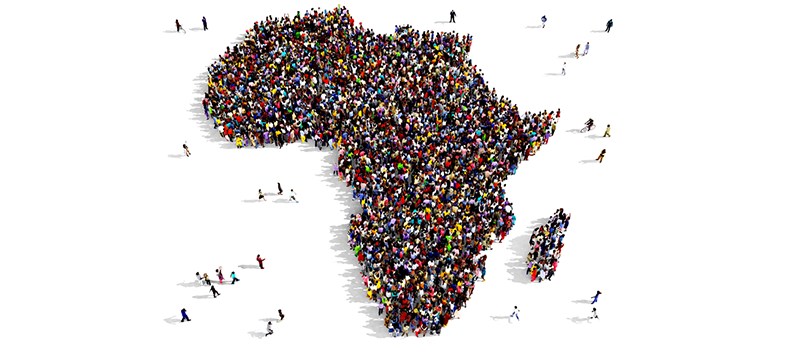4.1 Policy and inclusive growth
Before starting on the learning for this final week, try the following activity.
Activity 4.1: The importance of policy for IG
As discussed in Week 1, inclusive growth (IG) has been actively championed by some of the leading international organisations such as the Asian Development Bank and the OECD. The following extracts are from All on Board: Making Inclusive Growth Happen, the OECD’s landmark publication on inclusive growth.
As you read the extracts, identify some very broad recommendations for enhancing IG. You may also like to think about policies that affect your life and whether any of these recommendations can be applied to them.
Inclusive growth is about identifying policies that can deliver improvements in the population’s living standards with a more even sharing of the benefits of increased prosperity among social groups. In a context of widening worldwide inequalities – in the distribution of income and social outcomes that matter for people’s well-being – policy makers in advanced and emerging market economies, alongside their counterparts in developing countries, are examining the potential of inclusive growth policies to kick-start growth by turning equity into a driver of economic performance. […]
Accounting for the multidimensional nature of inequalities calls for broadening the focus of policy analysis beyond income, by evaluating the effects of policies on both income and non-income outcomes, as well as for different social groups. […]
The way policies are designed and implemented matters for Inclusive Growth. An inclusive policy process must be well informed and reflect the public interest. As such, it should be inclusive across the policy cycle, which requires effective and representative citizen participation as well as mechanisms to curb the undue influence of money and power.
Discussion
The recommendations are broad, but involve:
- identifying which policies can deliver improvements to IG
- policymakers in different locations working together
- realising that equity can also be good for growth
- broadening the policy focus beyond growth
- putting IG into the whole policymaking cycle
- making policy more participatory.
These all sound very laudable aims, but how feasible are they in the contexts that you live and work in? The UK (where this author lives and works) has, like everybody across the globe, been affected by the COVID-19 pandemic. The UK’s politicians and policymakers were vocal that the whole country had to be protected from the virus; their vision was inclusive. But in practice, particularly in the early days of the pandemic, there were tensions and miscommunications between central and local government, while some social groups – notably those from racial and ethnic minorities – suffered far worse than other groups. So it’s not easy to ensure inclusiveness in policymaking and implementation in any setting.
This week, we want to examine in more detail how existing policies:
- affect growth and whether they are inclusive
- contribute to IG
- could be made to enhance IG along the lines of these OECD recommendations.
Before getting into more detail about the migration policymaking process, we need to appreciate that policies have intended and unintended outcomes. Health or education policies can influence IG and migration without being explicitly focused on them. Some policies may be explicitly designed to enhance inclusion – such as a publicly funded health system – whereas others designed for other purposes may also achieve that, such as exchange rates. Printing more money is an example of a policy that is direct in its outcomes for growth, whereas early years education for girls is more indirect. These direct/indirect and intended/unintended outcomes are captured in Table 4.1.
| Intended | Unintended | |
| Direct | +/– | +/– |
| Indirect | +/– | +/– |
In Figure 4.1, the ‘+’ and ‘–‘ signs refer to the degree of inclusiveness.
Let’s take the example of policies for early years education for girls. Table 4.2 has some possible outcomes in each of the four quadrants, although there are many others that could be identified.
| Intended | Unintended | |
| Direct | More young girls get educated to a basic level, literacy levels increase, etc. | Girls in school more often and so receive better nutrition |
| Indirect | Girls’ confidence grows, which feeds into other areas of their lives | Girls may become more economically active, which creates tensions within the household |
The top-left quadrant of Table 4.2 reveals that policy is often seen as a rational process of intentionality; a policymaker wants something specific to happen and so people talk about pulling ‘policy levers’ as though it is easy and has direct outcomes. However, the other three quadrants show that policymaking and policy implementation are complicated, socially mediated processes. As you work through this week, remember to look at policy outcomes, and which of these quadrants they fall into. The next few sections begin to delve deeper into these complexities of migration policy.
Introduction
